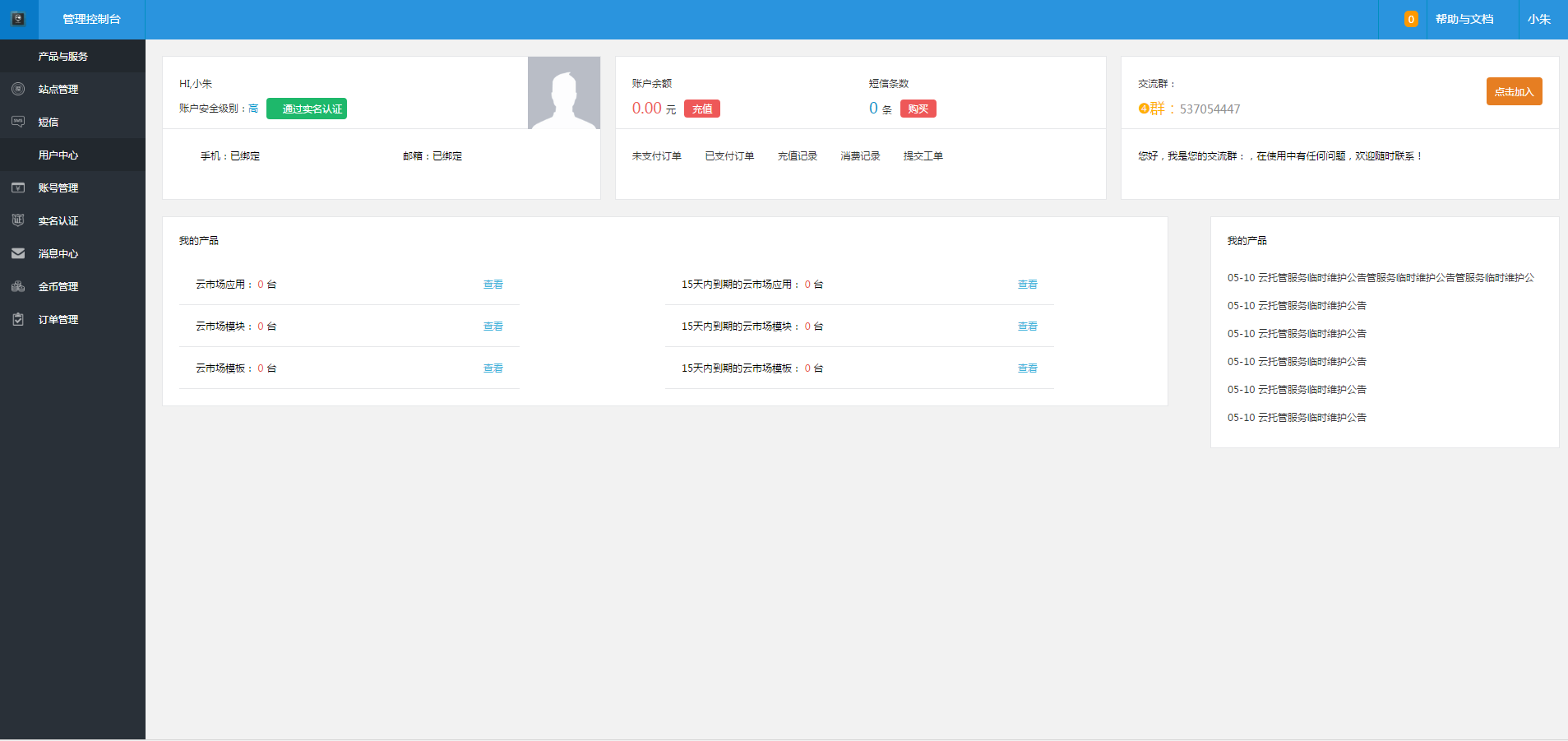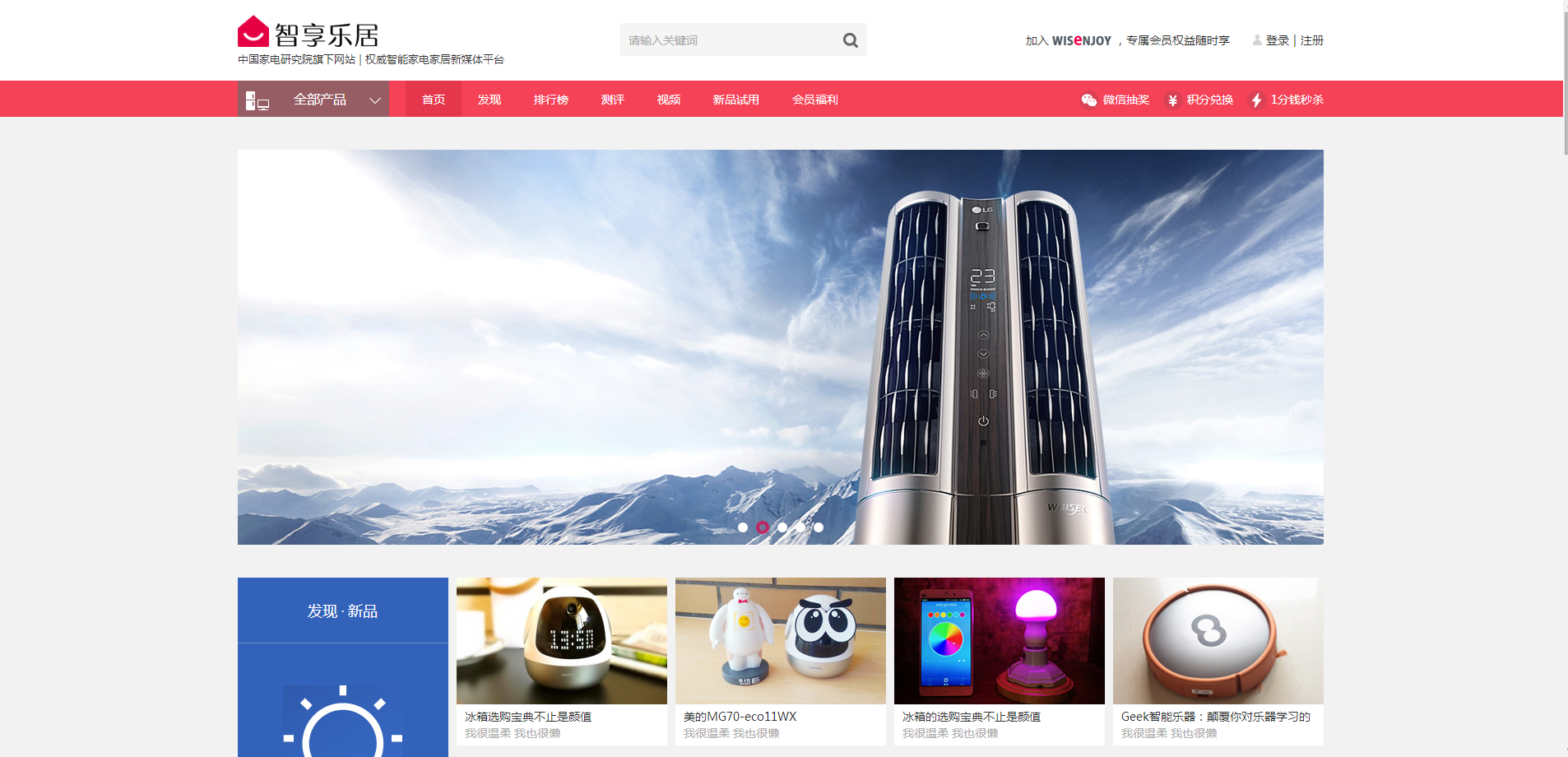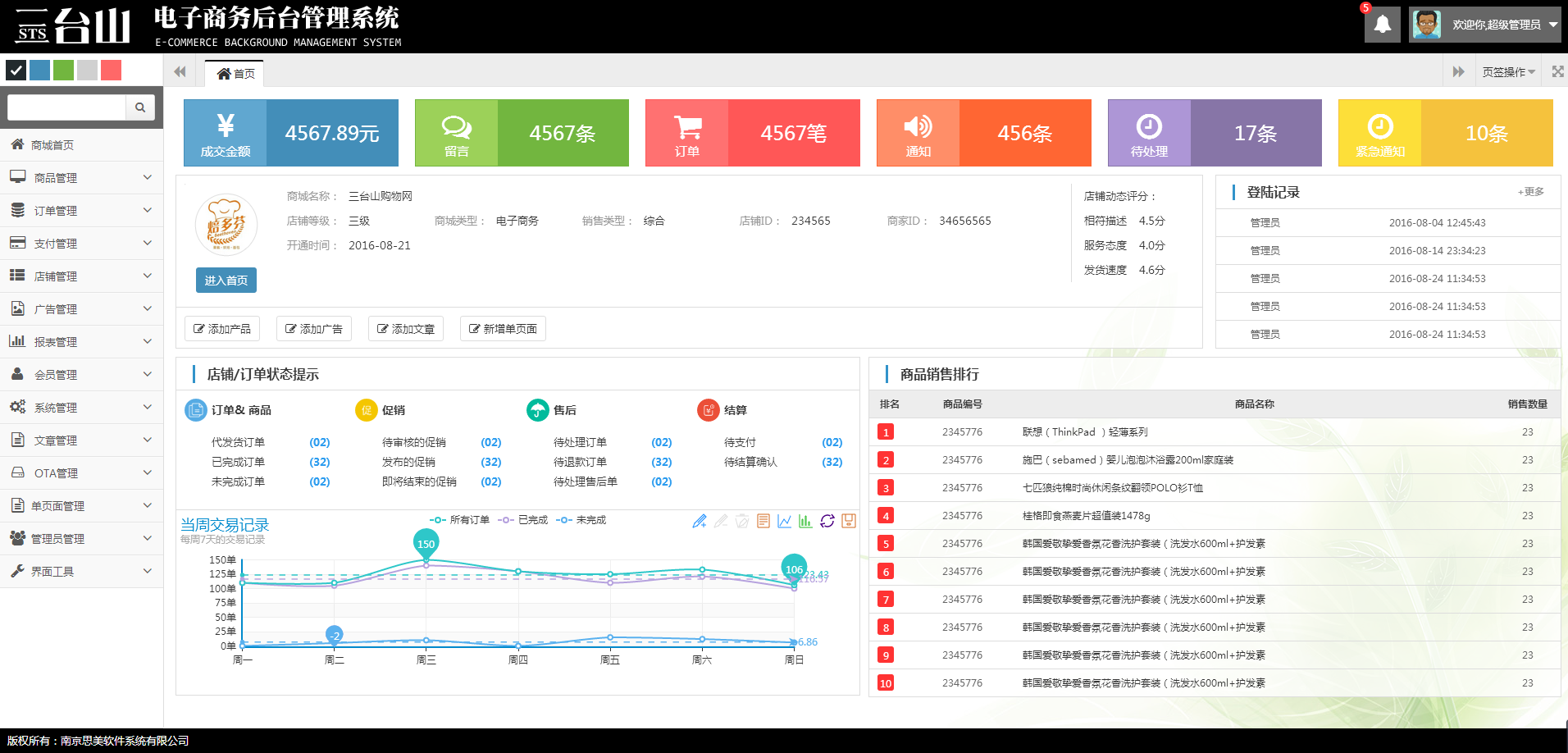Light blue HTML5 widescreen atmospheric corporate template
All resources on this site are contributed by netizens or reprinted by major download sites. Please check the integrity of the software yourself! All resources on this site are for learning reference only. Please do not use them for commercial purposes. Otherwise, you will be responsible for all consequences! If there is any infringement, please contact us to delete it. Contact information: admin@php.cn
Related Article
 Website front-end static page html template_html/css_WEB-ITnose
Website front-end static page html template_html/css_WEB-ITnose24Jun2016
Website front-end static page html template
 Learn the front-end template engine jade (1)_html/css_WEB-ITnose
Learn the front-end template engine jade (1)_html/css_WEB-ITnose24Jun2016
Learn the front-end template engine jade (1)
 javascript - Comparison of angular and php template engines
javascript - Comparison of angular and php template engines06Jul2016
A PC-side web site uses Java as the backend. Should the front-end use PHP to call the API and then output it from the template engine, or should it be dynamically called by a front-end framework like AngularJS?
 Front-end notes-a brief summary of front-end optimization_html/css_WEB-ITnose
Front-end notes-a brief summary of front-end optimization_html/css_WEB-ITnose24Jun2016
Front-end notes-a brief summary of front-end optimization
![[Front-end talk] Break down the details of front-end optimization_html/css_WEB-ITnose](/static/imghwm/default1.png) [Front-end talk] Break down the details of front-end optimization_html/css_WEB-ITnose
[Front-end talk] Break down the details of front-end optimization_html/css_WEB-ITnose24Jun2016
[Front-end Talk] Breaking down the details of front-end optimization


Hot Tools










